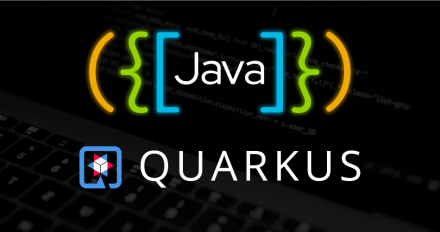
Learn Quarkus faster in the Developer Sandbox for Red Hat OpenShift
Accelerate your Quarkus skills with quick starts in the Developer Sandbox for Red Hat OpenShift. You'll spend less time configuring and more time building, testing, and deploying.

Accelerate your Quarkus skills with quick starts in the Developer Sandbox for Red Hat OpenShift. You'll spend less time configuring and more time building, testing, and deploying.
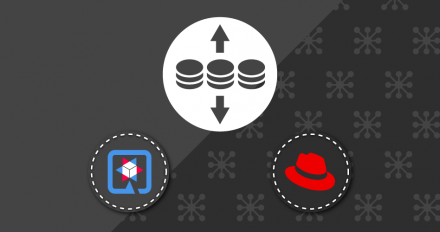
Explore the architecture behind a real-time game leaderboard that tracks scores and ranks players. We use Data Grid and Quarkus on a hybrid cloud deployment.

Kubernetes-native Java: Latest and greatest features of Quarkus 2.0 | DevNation Tech Talk
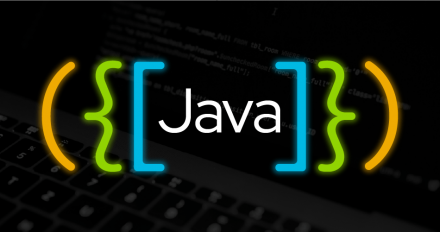
Red Hat Universal Base Images now offers OpenJDK runtime container images as a lightweight alternative to the standard builder images. Get started with using the new runtime images to deploy your Java applications on Red Hat OpenShift.
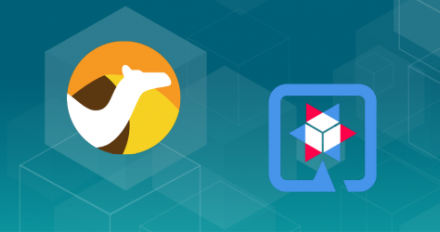
Integrate systems on Red Hat OpenShift with Apache Camel and Quarkus. This article explains how to help heterogeneous systems communicate via pipelines.
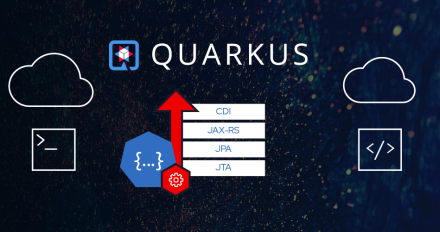
Building a production ready REST API has many moving parts. This article brings them all together in a Quarkus example that you can build on.
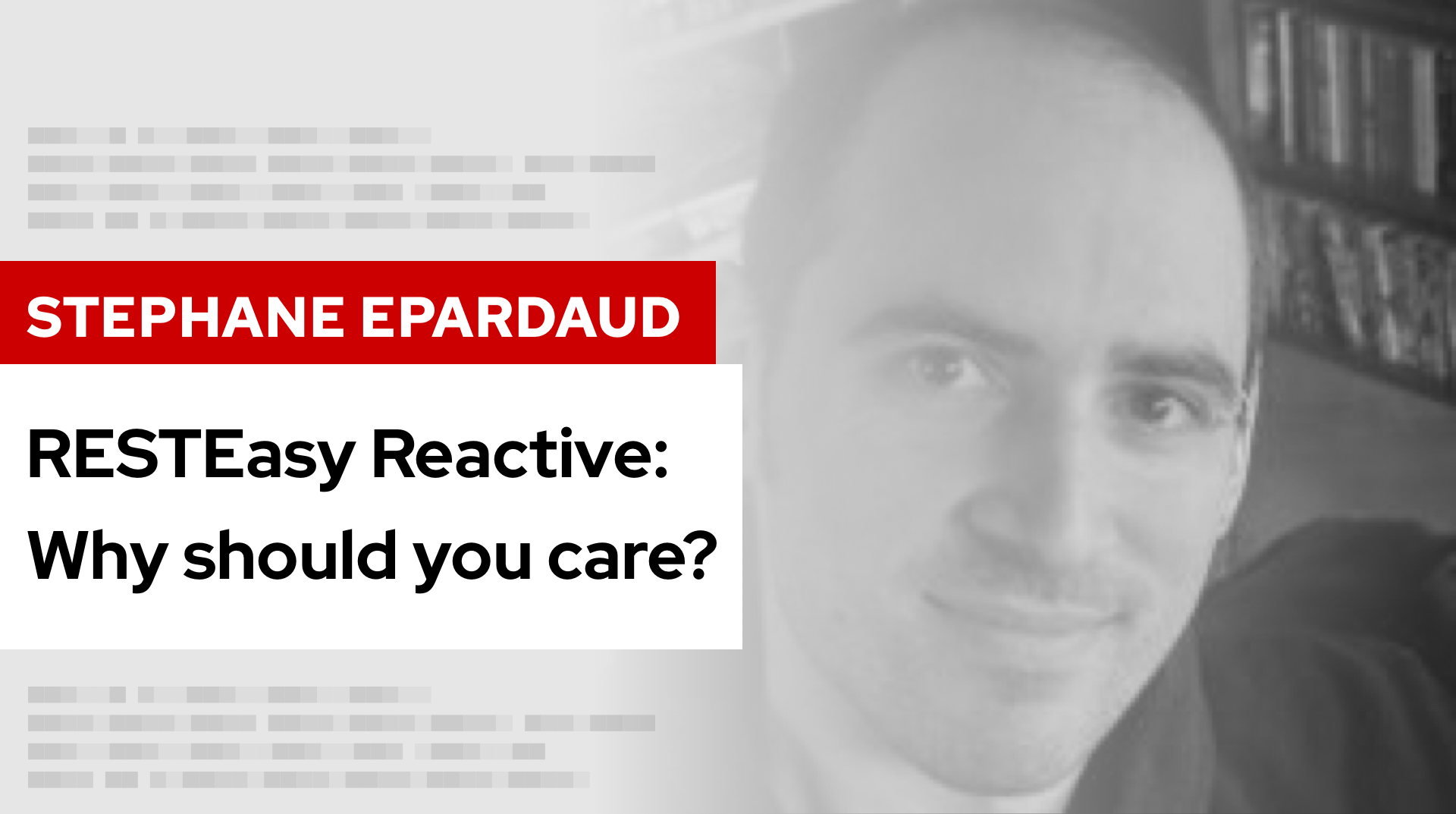
RESTEasy Reactive: Why should you care? | DevNation Tech Talk
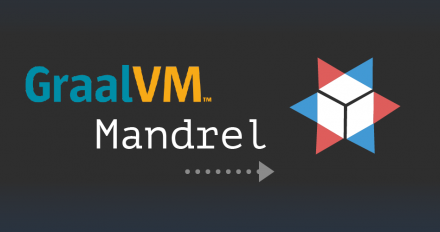
Find out what Mandrel is and what it's not, in this introduction to Red Hat's downstream distribution of GraalVM for Quarkus and other projects.
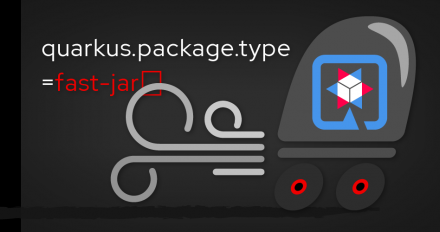
Try this quick exercise to see why applications packaged with fast-jar support faster startup times than those packaged with the legacy Quarkus JAR format.
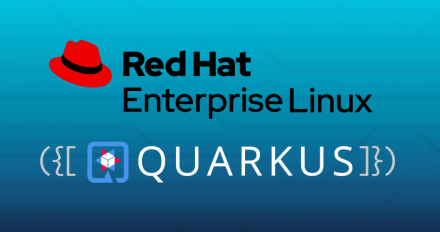
Develop a Quarkus edge app to process MQTT messages. Learn to start an MQTT broker with Podman, use Quarkus in dev mode, and build an app image with Podman.
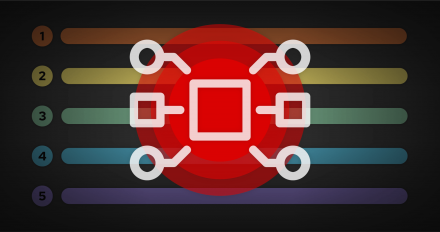
Deploy a Quarkus application on OpenShift Dedicated, then use Red Hat OpenShift API Management and Red Hat 3scale API Management to add API key security.
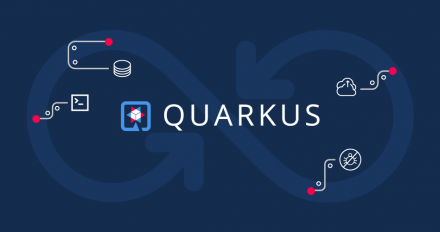
Set up a new Quarkus project, then configure it for live coding on a remote Red Hat OpenShift cluster, just like you would in your local environment.
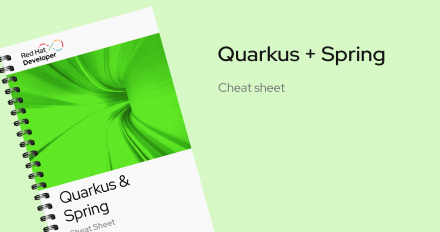
While you may be currently using Java EE, MicroProfile, or Quarkus annotations/extensions, Quarkus provides an API compatibility layer for some Spring projects. If you're coming from Spring development, these integrations might help you to make a smoother transition to Quarkus.
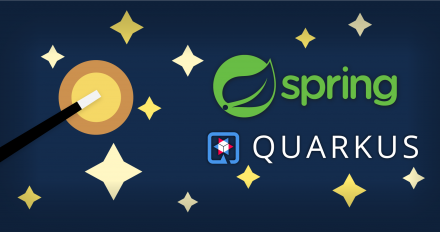
Follow a migration path from Spring Boot to Quarkus. The magic: Perform the migration without changing a single line of code. The madness: How was it done?
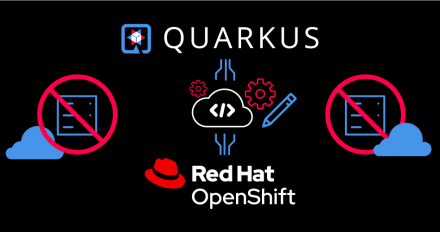
Learn how to write a Quarkus function on Red Hat OpenShift Serverless and manage the performance concerns by creating a native executable at build time.
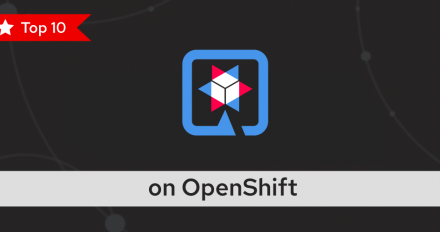
If you've been curious about developing Quarkus applications on Red Hat OpenShift, this article provides the insight and tools you need to get started.
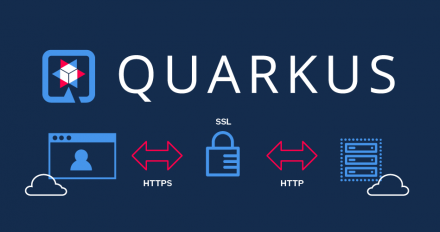
How to enable HTTPS and SSL Termination in an already running Quarkus application in Openshift.
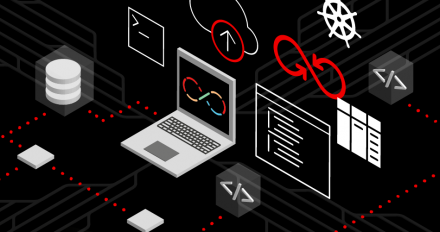
Create a Quarkus application that uses the MicroProfile Reactive Messaging...
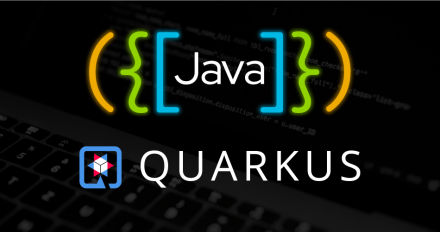
Get an overview of gRPC and how it compares to REST over HTTP, then get started using Quarkus to implement and consume gRPC services.
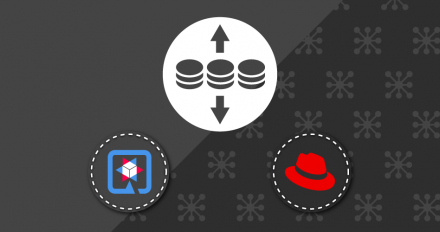
Use Quarkus to integrate two clustered, embedded Red Hat Data Grid caches and deploy them to Red Hat OpenShift Container Platform.
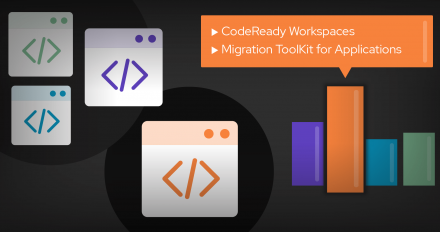
Set up Red Hat's migration toolkit for applications in Red Hat CodeReady Workspaces, then run your first analysis for a Java application migration.
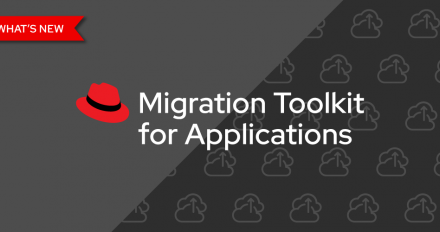
Get started with Migration Toolkit for Applications 5.1.0's improved user interface, new Operator, and support for migrating from Spring Boot to Quarkus.
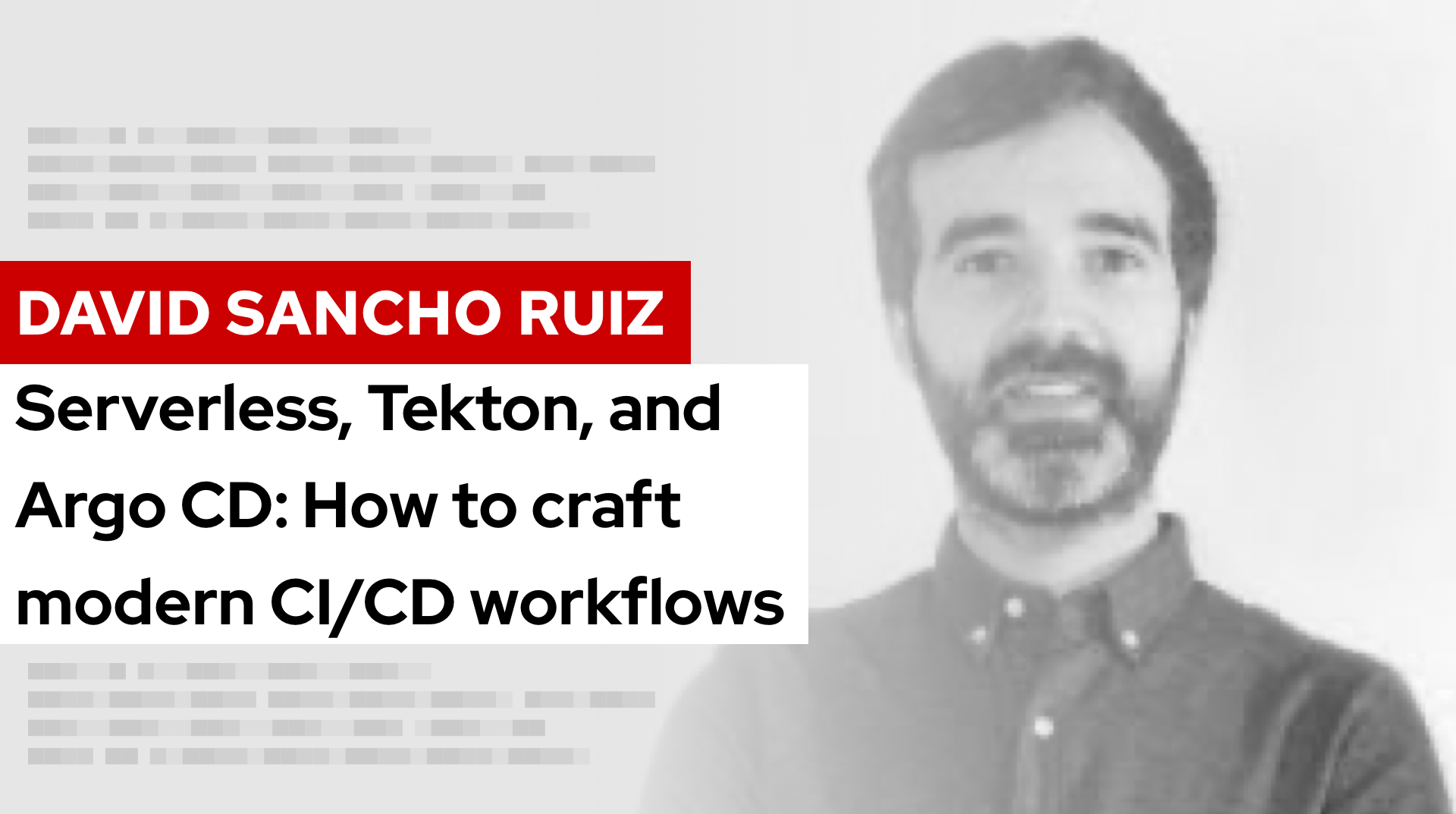
Serverless, Tekton, and Argo CD: How to craft modern CI/CD workflows | DevNation Tech Talk
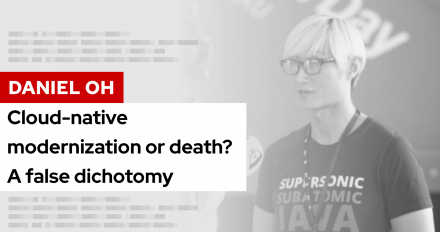
In this DevNation Tech Talk, we refactor an application to microservices and use Kubernetes or OpenShift to deploy and manage it at scale on the cloud.

Take the highway: Quarkus reactive routes | DevNation Tech Talk